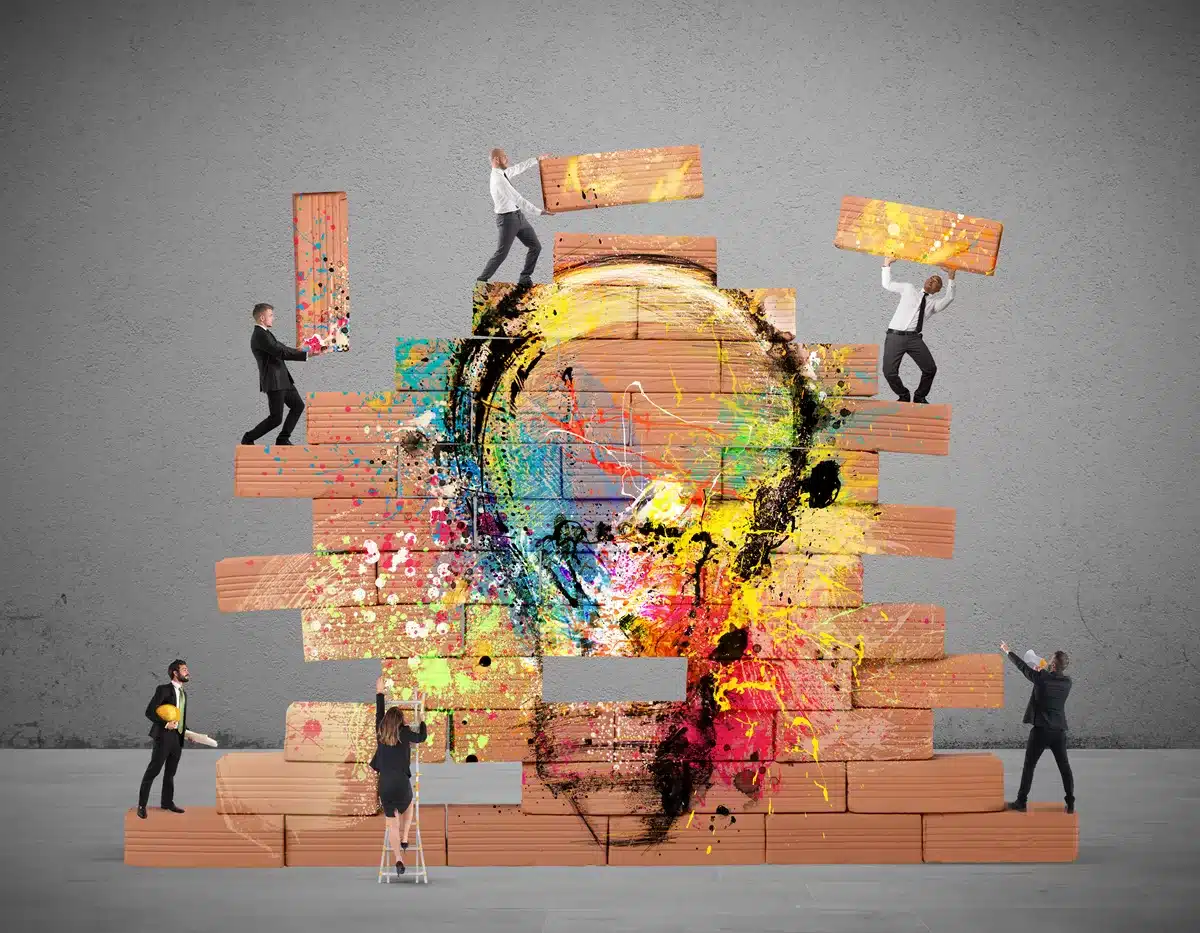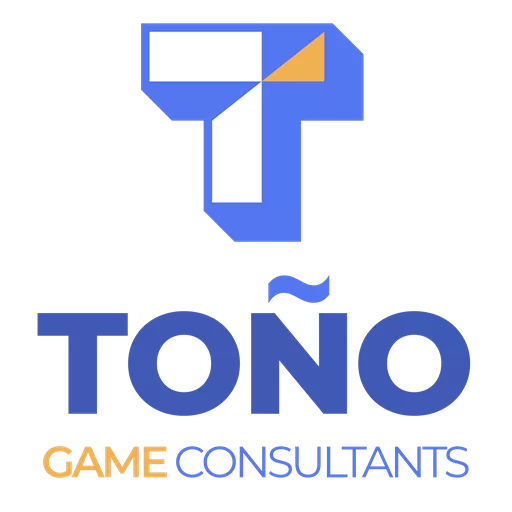Boardgames aren’t just for family nights, they’re also one of the fastest ways to prototype game ideas. Unlike coding, where you might spend weeks before anything is playable, boardgames let you test rules, pacing, and player interactions within hours.
A paper prototype can be enough to sketch an idea, but board games add another layer: structure, rules, and components that can simulate a full system. They also connect naturally to the broader practice of prototyping in game development, where the goal is always the same, reduce risk, validate ideas, and find the fun before investing in production.
In this article, we’ll look at two ways boardgames can shape digital projects: translating them directly into videogames, and compressing turn-based mechanics into real-time action.
Purpose 1: From Tabletop to Digital
Sometimes a boardgame prototype is not just a test, it is the game.
Think about all the boardgames that became digital:
-
Monopoly → exactly the same rules, just automated.
-
Risk → global domination on screen, complete with dice rolls and territory control.
-
Catan → resource trading with sheep and wheat, but now available online or even in VR.
In each of these cases, the mechanics didn’t change. What once required sitting around a physical board is now playable against AI or with people across the world.
👉 The point: when you have a working boardgame, you already have a design document for a digital game. Translating it can be as straightforward as replacing tokens with icons and dice with random number generators.
Industry Example: When Blizzard’s team developed the first version of Hearthstone, they didn’t start with code. They built a physical prototype with real cards. By playtesting it like a traditional card game, they could balance mechanics, tweak values, and throw away bad ideas before writing a single line of code. Only once the physical version was fun did they move to digital.
Professional Experience: I went through this process myself when I worked on Catan. Since the boardgame rules were already clear, I didn’t need to spend weeks debating design changes, my job was to ensure the rules were preserved faithfully in the digital version. That meant carefully cleaning up all the edge cases and bad scenarios so the game wouldn’t break.
It wasn’t just about rolling dice and moving pieces. The publishing company handed me nearly a 50-page document describing exactly how the AI should behave. Even though Catan looks simple on the surface, translating those expectations into a working digital system was a significant challenge. My task was to follow the rules to the letter, making sure the AI respected both the game’s spirit and the publisher’s requirements.
That experience drove home the lesson: when adapting a boardgame 1:1 into digital form, the rules are your north star. Everything else, graphics, animations, even pacing, is secondary.
Purpose 2: From Turns to Real-Time
Other times, the value of a boardgame is in its turn structure. Boardgames are naturally turn-based: players take actions one at a time, resolve outcomes, then move on. But in digital games, you don’t always need turns, you can compress them into fractions of seconds.
For example:
-
A boardgame with 1-minute turns could be adapted into a real-time strategy game where each “turn” = 0.25 seconds.
-
Suddenly, what was once sequential becomes simultaneous, everyone is acting, moving, and making decisions at once.
This is how you can evolve prototypes into genres like RTS, MOBAs, or fast-paced management sims. The boardgame gives you the rules and balance framework; the digital version adds speed, intensity, and flow.
Adapting Boardgames to Your Own Projects
If you’re designing your own game, here are three ways board prototypes can help:
-
Turn-based RPG or tactics → start with a board version to test combat and stats.
-
Resource management or economy → simulate it with tokens before building UI systems.
-
Real-time strategy or multiplayer → play it turn-based first, then shorten the turn length to test pacing.
And remember, you don’t need to reinvent the wheel. Borrow dice, meeples, and tokens from existing boardgames. It’s about validating your loop, not creating polished components.
Conclusion
Board game prototypes are more than quick tests, they can serve as working design labs. Whether you’re creating a faithful digital version of a boardgame or experimenting with compressing turns into real-time, boardgames give you a safe, fast, and cheap way to test your ideas.
And if this inspired you, check out my Game Design Path. There, I’ll guide you step by step through prototypes, playtesting, feedback loops, and more, everything you need to transform ideas into games worth playing.
FAQ: Board Game Prototypes in Game Development
Why should I use a boardgame as a prototype?
Boardgames let you test rules, pacing, and interactions quickly. They’re structured, tactile, and give you instant feedback without requiring code. If a system works in a boardgame, chances are it can carry into a digital version.
How is a boardgame prototype different from a paper prototype?
A Paper Prototype is great for sketching ideas and testing mechanics at a very abstract level. Boardgames add rules, structure, and components that can simulate a full game system, making them ideal for strategy, resource management, or RPG mechanics.
Can boardgames really be translated into video games?
Absolutely. Classics like Monopoly, Risk, and Catan have become digital titles with very little change to the rules. In fact, I worked on Catan myself, where the rules were already defined, and my role was ensuring they translated faithfully into a digital experience.
What if I want to make a real-time game, not a turn-based one?
Boardgames are naturally turn-based, but you can compress turns into fractions of a second to simulate real-time gameplay. This technique is especially useful for testing RTS or MOBA mechanics before coding.
Do professional studios use boardgame prototypes?
Yes! A famous example is Blizzard’s Hearthstone. The first version wasn’t digital at all, it was a physical card game prototype used internally to balance mechanics and test ideas. Only once it was fun on the table did it move into code.


